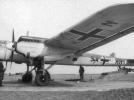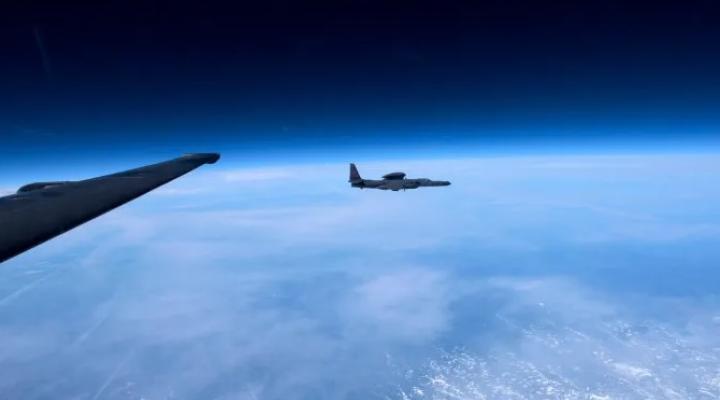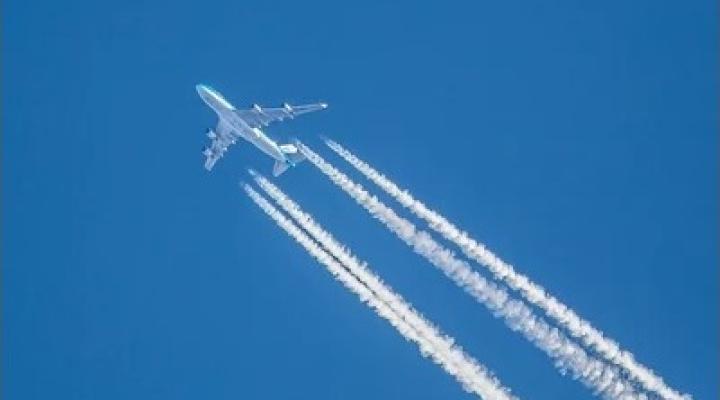Malmo RJ1H near Palma on Jul 6th 2012, smoke in cockpit
A Malmo Aviation Avro RJ-100, registration SE-DST performing flight TF-792 from Malmo (Sweden) to Palma Mallorca,SP (Spain) with 101 passengers and 5 crew, was on approach to Palma descending through about FL100 when a computer screen in the cockpit began to emit smell of smoke and smoke. The crew declared emergency and continued the approach. The smoke ceased permitting a normal and safe landing on runway 24L about 8 minutes later.
The airline reported while descending through 10,000 feet about 10 minutes prior to estimated landing a computer screen in the cockpit cracked and emitted smoke prompting the crew to declare emergency. The smoke subsequently ceased, the aircraft landed normally and safely. The crew focussed on the safe landing and did not talk to the passengers. While acknowledging passenger complaints about lack of information the airline said they believe their crew set their priorities right in putting safety of flight and passengers first.
Spain's CIAIAC reported on Aug 22nd 2012, that during the approach to runway 24L the first officer's primary flight display went blank. In a first reaction the first officer switched the other display to "compact mode" after which electrical smell followed by smoke appeared in the cockpit, no smoke or smell was present in the cabin. The crew donned their oxygen masks, declared emergency and continued the approach. The smoke dissipated before safe landing, the passengers disembarked normally.
On Jul 5th 2013 the CIAIAC released a preliminary report in Spanish reporting a post incident examination showed a problem with the primary flight display's insulation which permitted water to condensate and ingress into the primary flight displays causing electrical problems. The damage was limited to the primary flight display. The investigation focusses on the issue with the insulation, that has a record of similiar incidents in the past, the manufacturer was aware of the issue and had released a service bulletin, it appears however additional measures are needed.
On Oct 8th 2014 the CIAIAC released their final report within their (delayed) quarterly bulletin concluding the probable cause of the incident was:
The incident onboard aircraft SE-DST was likely caused by the presence of water in the first officer’s PFD unit due to the improper placement of an isolation blanket that allowed condensed water to drip onto the unit.
The CIAIAC reported, that during the descent into Palma Mallorca the first officer's primary flight display, part of the EFIS, went blank. The first officer selected the lower navigation display (part of EFIS) into compact mode, but subsequently noticed the smell of smoke and then smoke. The first officer's EFIS was turned off, the crew donned their oxygen masks and declared emergency. The smoke cleared during the approach and the crew removed the oxygen masks prior to landing. The smoke and smell was not noticed in the cabin.
An examination of the first officer's primary flight display showed traces of smoke around the ventilation holes at the top of the unit, the insulation blankets were not properly adjusted. In the inside stains of water, corrosion and arcing on several connectors were found at the top of the power supply.
The CIAIAC reported that prior to the occurrence the right hand PFD of SE-DST had already encountered several five similiar events since installation of the right hand PFD on May 11th 2011 after it had gone blank. Following the last of these 5 events on Jun 12th 2012 a new PFD was installed.
The CIAIAC reported that the aircraft maintenance manual had no provisions for installing the insulation blankets which is a simple process requiring no tools. Following the occurrence the maintenance manual was changed to include procedures for installing the insulation blankets.
http://avherald.com/h?article=452521ed














Komentarze